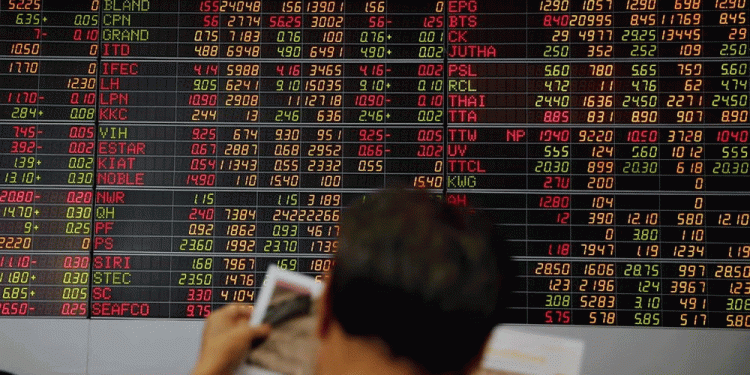By Howard Schneider
INDIANAPOLIS (Reuters) – Atlanta Federal Reserve bank president Raphael Bostic on Thursday said he felt the Fed should continue raising rates towards a “neutral” level, noting that despite recent market volatility and increasing uncertainty, he did not see “any indications of a material weakening in the macroeconomic data at the moment.”
“We’re within shouting distance of neutral, and I do think neutral is where we want to be,” Bostic said, highlighting his concern that unemployment at its current low level could produce an overheated economy and inflationary pressure down the road.
Though there are few signs of that yet, he said it was hard to make such a judgment in “real time.”
“You might argue that the simple answer is to not respond so aggressively to building signs of inflation, but that would entail risks that few responsible central bankers would accept,” Bostic said.
Bostic has in the past said he was comfortable with a fourth 2018 rate hike, expected at the Fed’s upcoming December meeting, as long as the economy performed as expected. His past estimate of the neutral rate of interest, which neither encourages nor discourages economic activity, has been around 2.75 percent, leaving room for perhaps two more rate increases.
He noted that while he expected growth to slow next year, “there is a lot to like about the current snapshot of the U.S. economy.”
Bostic said earlier this year that the behavior of bond markets, and his hope to avoid an “inversion” of long-term and short-term interest rates, was a factor for him in deciding whether to support continued rate increases by the Fed.
He did not specifically address the narrowing of the spread between long- and short-term rates this week or the drop in equity markets, other than to include them in a list of risks that may slow growth.
The comments were delivered in a written text delivered at an economic forum in Atlanta, without the opportunity for follow up questions by audience members or the media.
Bostic is a voter on policy this year. The Fed holds its final meeting of the year on Dec. 18 and 19, and is expected to raise interest rates for the fourth time in 2018.
That will amount to the fastest pace of rate increases since the Fed began tightening monetary policy three years ago this month.
It comes as investors express increasing doubts about the global economic outlook, the corrosive effects of the Trump administration’s trade strategy, and, ultimately, the Fed’s ability to continue raising rates much farther.
Fusion Media or anyone involved with Fusion Media will not accept any liability for loss or damage as a result of reliance on the information including data, quotes, charts and buy/sell signals contained within this website. Please be fully informed regarding the risks and costs associated with trading the financial markets, it is one of the riskiest investment forms possible.
Source: Investing.com


























